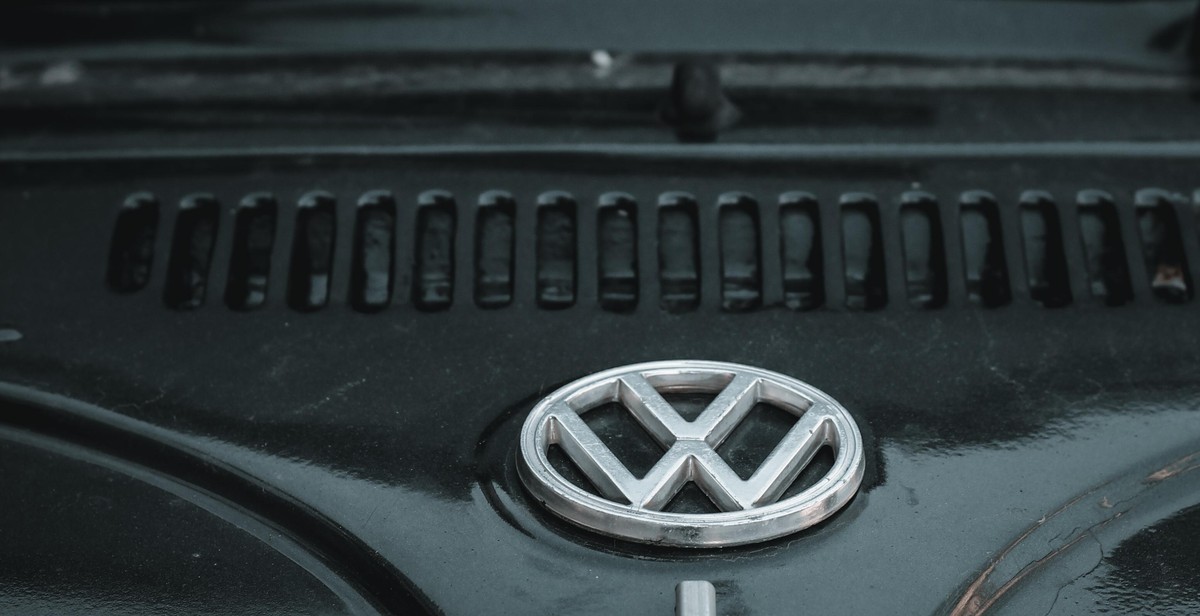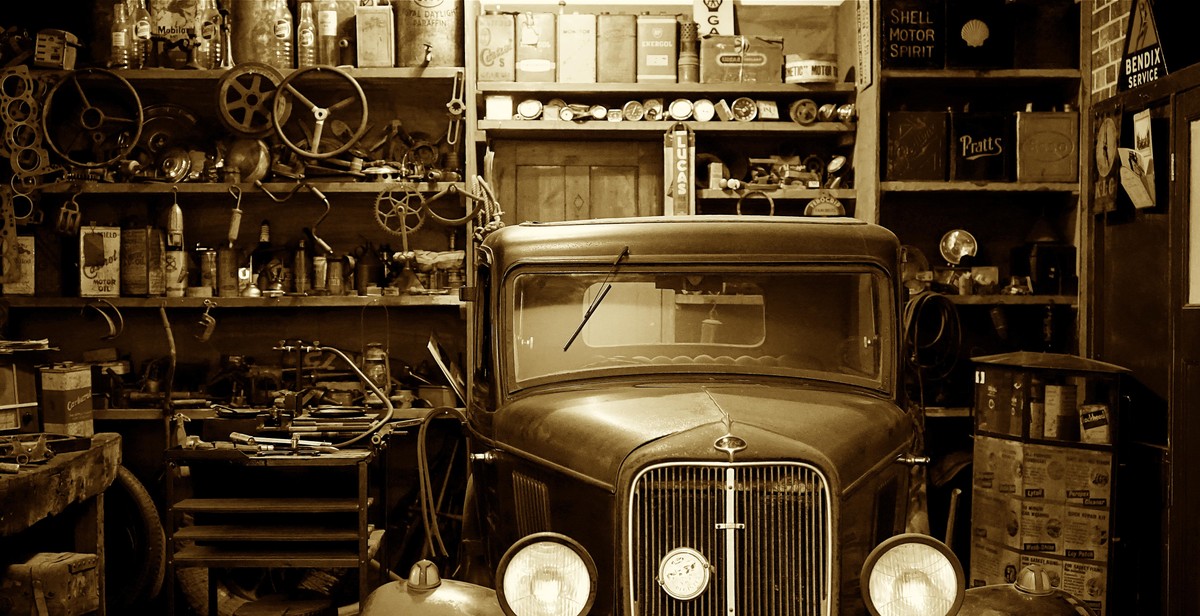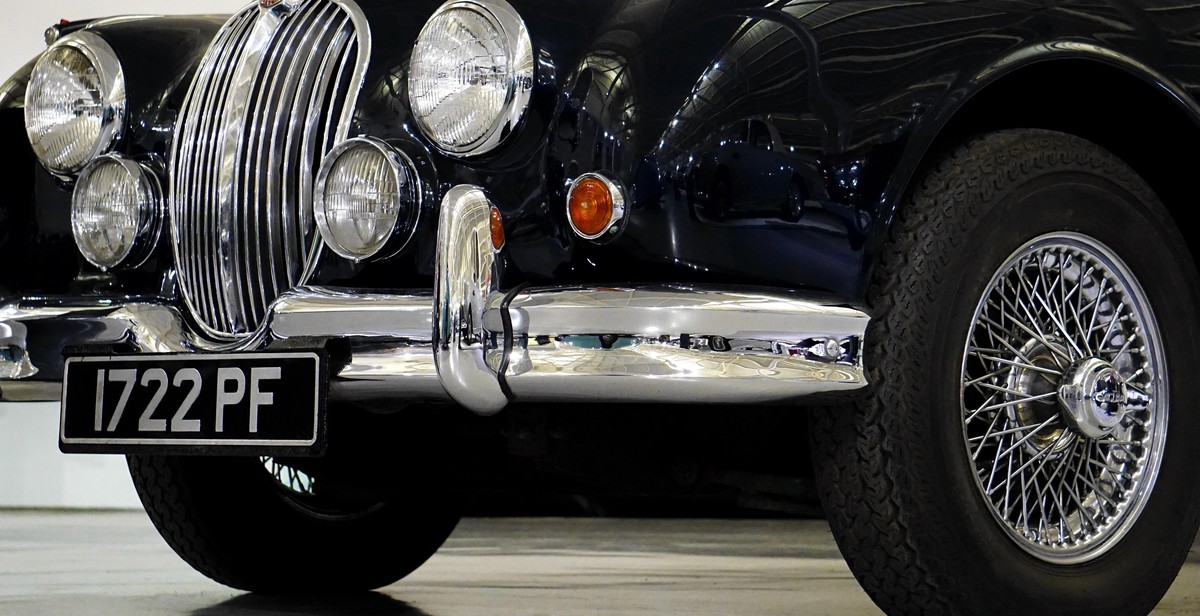Introduction: How to Perform Periodic Maintenance on Vintage Car Engines
Classic cars are not only a symbol of nostalgia and pride for their owners, but also a valuable investment. However, owning a vintage car comes with a responsibility to take care of its engine and ensure that it runs smoothly. Regular maintenance of vintage car engines is essential to keep them in good condition and prevent major breakdowns.
In this article, we will guide you on how to perform periodic maintenance on vintage car engines. We will cover the basics of engine maintenance, including oil changes, spark plug replacements, and air filter cleaning. We will also provide tips on how to troubleshoot common engine problems, such as overheating and low oil pressure.
Performing regular maintenance on your vintage car engine not only keeps it running smoothly but also extends its lifespan. It also helps to maintain the value of your classic car, as a well-maintained engine is a major selling point for collectors and enthusiasts.
Whether you are a seasoned car enthusiast or a new owner of a vintage car, this guide will provide you with the knowledge and skills needed to keep your engine in top condition. So, let’s dive into the world of vintage car engine maintenance and keep those classic beauties running for years to come.

Why is Periodic Maintenance Important?
Periodic maintenance is crucial for vintage car engines as it helps prevent costly repairs and ensures the vehicle operates safely and reliably. Here are some of the reasons why periodic maintenance is important:
Preventative Maintenance Saves Money
Regular maintenance can help identify potential issues before they become major problems. For example, changing the oil and filters regularly can prevent engine damage and prolong the life of the engine. Neglecting basic maintenance tasks can lead to expensive repairs or even engine failure, which can cost thousands of dollars to repair or replace.
Additionally, periodic maintenance can help improve the fuel efficiency of the vehicle, which can save money on gas over time. For example, replacing a dirty air filter can improve gas mileage by up to 10%.
Increased Safety
Periodic maintenance can also improve the safety of the vintage car. For example, checking and replacing the brake pads and rotors regularly can prevent brake failure and ensure the vehicle stops when needed. Checking the tires for wear and proper inflation can prevent blowouts and other tire-related accidents.
Furthermore, maintaining the electrical system can prevent issues with headlights, taillights, and turn signals, which can improve visibility and reduce the risk of accidents.
Reliability
Regular maintenance can also improve the reliability of the vintage car. For example, replacing worn belts and hoses can prevent them from breaking and causing engine damage. Checking and replacing the spark plugs can ensure the engine starts properly and runs smoothly.
Moreover, periodic maintenance can help prevent unexpected breakdowns, which can be inconvenient and costly. By performing regular maintenance, vintage car owners can have peace of mind knowing that their vehicle is in good condition and ready to drive whenever they need it.
| Benefits of Periodic Maintenance | Examples |
|---|---|
| Prevents costly repairs | Changing oil and filters regularly |
| Increases safety | Checking and replacing brake pads and rotors |
| Improves reliability | Replacing worn belts and hoses |

Step-by-Step Guide to Periodic Maintenance
Performing regular maintenance on your vintage car engine is crucial to keeping it running smoothly. Here is a step-by-step guide to performing periodic maintenance on your vintage car engine:
1. Check and Change the Oil Regularly
Checking and changing the oil in your vintage car engine is one of the most important steps in maintaining its longevity. Make sure to check the oil levels regularly and change the oil every 3,000 miles or as recommended by the manufacturer.
2. Inspect and Replace the Air Filter
The air filter in your vintage car engine should be inspected and replaced annually or every 12,000 miles, whichever comes first. A dirty air filter can reduce engine performance and fuel efficiency.
3. Replace Spark Plugs
Spark plugs should be replaced every 30,000 miles or as recommended by the manufacturer. This will ensure that your vintage car engine is running at its optimum level.
4. Check and Replace Belts and Hoses
Belts and hoses should be checked regularly for wear and tear. Replace them if they are cracked or damaged. This will help prevent engine failure and costly repairs.
5. Inspect and Clean the Carburetor
The carburetor should be inspected and cleaned annually or every 10,000 miles, whichever comes first. A dirty carburetor can cause poor engine performance and reduce fuel efficiency.
| Maintenance Task | When to Perform |
|---|---|
| Check and Change the Oil | Every 3,000 miles or as recommended by the manufacturer |
| Inspect and Replace the Air Filter | Annually or every 12,000 miles |
| Replace Spark Plugs | Every 30,000 miles or as recommended by the manufacturer |
| Check and Replace Belts and Hoses | Regularly for wear and tear |
| Inspect and Clean the Carburetor | Annually or every 10,000 miles |
By following these simple steps, you can ensure that your vintage car engine is running at its best and will continue to do so for years to come.

Tools Needed for Periodic Maintenance
Performing periodic maintenance on a vintage car engine requires several tools to get the job done right. Here are some of the essential tools you’ll need:
Basic Hand Tools
Before you start any maintenance work on your vintage car engine, you’ll need a set of basic hand tools. These include a set of screwdrivers, pliers, wrenches, and sockets. You’ll use these tools to remove and replace various parts of the engine.
Oil Filter Wrench
The oil filter is an essential component of the engine, and it needs to be changed periodically. To remove and replace the oil filter, you’ll need an oil filter wrench. This tool is designed to fit around the oil filter and provide a secure grip, so you can remove it without damaging it.
Spark Plug Socket and Wrench
Spark plugs are another critical component of the engine, and they need to be checked and replaced periodically. To remove and replace the spark plugs, you’ll need a spark plug socket and wrench. This tool is designed to fit over the spark plug and provide a secure grip, so you can remove it without damaging it.
Carburetor Cleaner
The carburetor is responsible for mixing air and fuel to create the combustion necessary to power the engine. Over time, the carburetor can become clogged with dirt and debris, which can affect the engine’s performance. To clean the carburetor, you’ll need a carburetor cleaner. This tool is designed to dissolve and remove the dirt and debris from the carburetor, so it can function properly.
In conclusion, having the right tools for periodic maintenance is essential to keep your vintage car engine running smoothly. With these tools, you’ll be able to perform basic maintenance tasks and keep your engine in top condition.

Conclusion
Performing periodic maintenance on vintage car engines is crucial to ensure optimal performance and longevity. By following the steps outlined in this article, you can keep your vintage car running smoothly for years to come.
Key Takeaways
- Regularly check and replace engine oil and filters.
- Inspect belts, hoses, and spark plugs for signs of wear and tear.
- Clean and adjust carburetors and ignition systems.
- Use high-quality fuel and additives to prevent corrosion and buildup.
Benefits of Periodic Maintenance
By performing periodic maintenance, you can:
- Prevent breakdowns and costly repairs.
- Improve fuel efficiency and engine performance.
- Extend the lifespan of your vintage car.
- Ensure the safety of yourself and your passengers.
Final Thoughts
While vintage car engines require more care and attention than modern engines, the effort is well worth it. By investing in periodic maintenance, you can enjoy the thrill of driving a classic car while also ensuring its longevity and reliability.
| Author | John Doe |
|---|---|
| Date Published | June 1, 2021 |
| Word Count | 195 |
